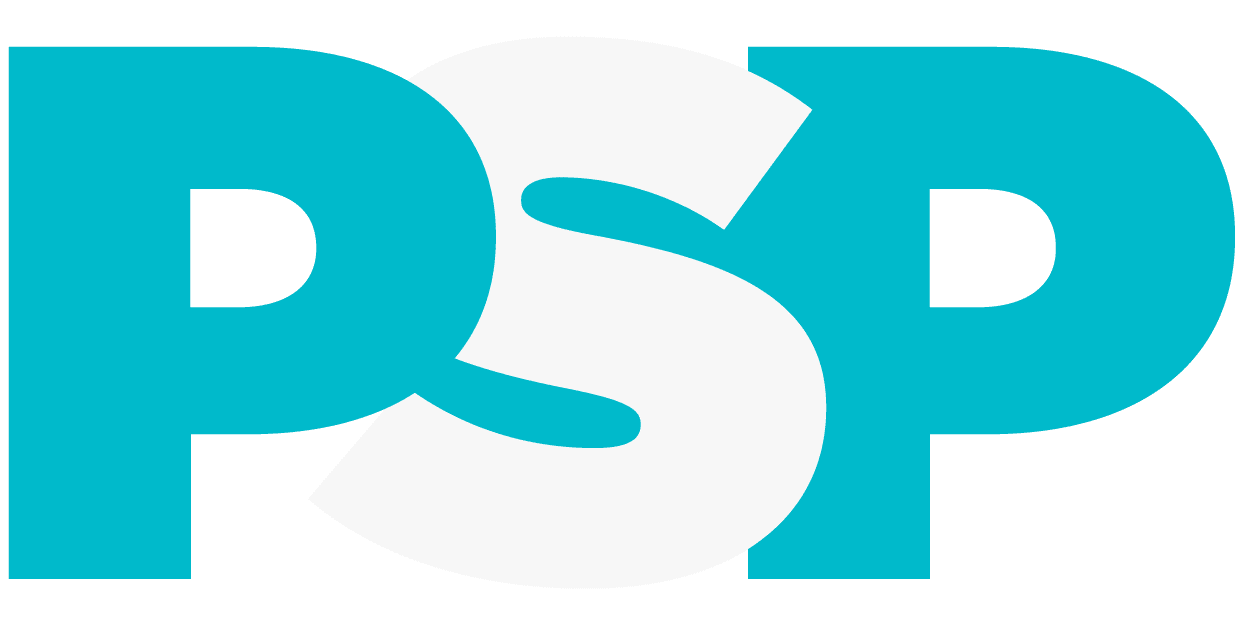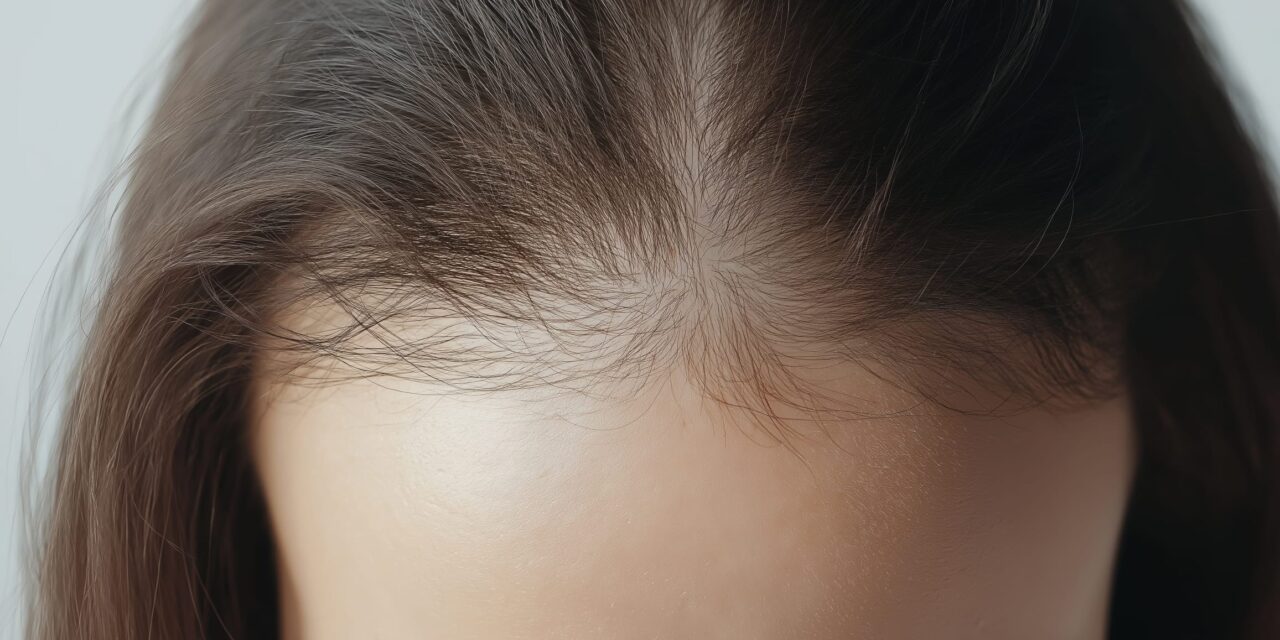Phase 2a trial data presented at AAD 2025 show bempikibart leads to sustained hair regrowth in severe alopecia areata, demonstrating for the first time an IL-7Rα antagonist approach.
Q32 Bio Inc, a clinical-stage biotechnology company focused on developing biologic therapeutics to restore immune homeostasis, announced additional results from part A of its SIGNAL-AA phase 2a clinical trial of bempikibart in patients with alopecia areata at the 2025 American Academy of Dermatology (AAD) Meeting in Orlando, Fla, demonstrating the investigational treatment leads to sustained hair regrowth.
Bempikibart is a fully human anti-IL-7Rα antibody that re-regulates adaptive immune function by blocking IL-7 and TSLP signaling that is in development for the treatment of alopecia areata and currently being evaluated in a phase 2 program.
“These findings demonstrate for the first time in patients the potential of an IL-7Rα antagonist approach to deliver durable and sustained activity and recapitulate over a decade of nonclinical research highlighting the potential of this type of sustained response in multiple animal disease models. Given these exciting findings, we have committed to advancing bempikibart as a potentially differentiated therapy for alopecia areata patients who have had limited treatment choices and, to date, no biologic option available,” says Jodie Morrison, chief executive officer of Q32 Bio, in a release.
Results from SIGNAL-AA Part A Phase 2a Clinical Trial
SIGNAL-AA Part A is a phase 2a, randomized, double-blind, placebo-controlled, multi-center clinical trial evaluating bempikibart in adult patients with severe and very severe alopecia areata (baseline Severity of Alopecia Tool [SALT] scores of 50-100) treated over 24 weeks, with follow-up through 36 weeks. The trial is being conducted to evaluate the efficacy and safety of bempikibart 200 mg administered subcutaneously every other week compared to placebo.
SIGNAL-AA part A comprised of 41 patients in the modified intent-to-treat population and 27 in the per protocol population, with a primary endpoint of the mean relative percent change in SALT score at 24 weeks compared with baseline, with follow-up in a 12-week post-treatment period through week 36. Additional data has been collected on patients after week 36, with follow-up on multiple patients through week 55 to date, and additional long-term follow-up ongoing.
Highlights on the per protocol basis from the 2025 AAD late-breaking presentation include:
During the on-treatment window:
- At week 24: Patients with a SALT score of 50-100 treated with bempikibart (n=23) showed a mean reduction in SALT score of 16% vs a reduction of 2% in the placebo group (n=4). A Wilcoxon Rank Sum test yielded a p-value of 0.045.
- At week 26: Patients with severe and very severe disease treated with bempikibart showed a mean reduction in SALT score of 18% in the bempikibart group vs a reduction of 2% in the placebo group.
- At week 24: 9% of bempikibart patients with severe and very severe disease achieved a SALT score less than or equal to 20 compared to 0% in placebo.
- At week 26: 14% of bempikibart patients with severe and very severe disease achieved a SALT score less than or equal to 20 compared to 0% in placebo.
- In the subset of patients with severe disease (baseline SALT 50-95):
- At week 24: patients treated with bempikibart (n=15) showed a mean reduction in SALT score of 25% improving to 27% at week 26.
- At week 24: 13% of bempikibart patients achieved a achieved a SALT score less than or equal to 20, compared to 0% in placebo, improving to 21% at week 26 vs 0% in the placebo group.
“The responses of patients with longstanding and severe disease, not only at 24 weeks but several weeks after treatment withdrawal, is very provocative,” says Brett King, MD, PhD, of Dermatology Physicians of Connecticut and former associate professor of dermatology at Yale University School of Medicine, in a release. “If the activity of bempikibart, including the potential to induce a durable, long-term response, and the safety profile are confirmed in upcoming clinical trials, bempikibart has the potential to change the treatment paradigm of alopecia areata.”
During the post-treatment follow-up period:
Despite only 24 weeks of treatment across bempikibart treated patients, a deepening response, as measured by mean SALT improvement, was observed following dosing cessation (week 24) through the post-treatment follow-up period (week 36), a paradigm believed to be associated with IL-7 on-mechanism modulation of rebalancing T effector memory cells and T regulatory function.
- At week 36, across patients treated with bempikibart, a mean reduction in SALT score of 20% was observed. In the subset of patients with severe disease, at week 36, the mean reduction in SALT score was 28%.
Additional post-treatment data collection remains ongoing, including longer-term follow-up of patients following the completion of the trial (post 36 weeks). Outreach was made to patients regarding the post-treatment experience and patients willing to participate were re-consented.
- Amongst patients responding to outreach that completed the treatment period and showed a SALT response during the trial (n=12), all achieved maintenance of response or further hair growth in the post treatment period (post 24 weeks), including after the end of the trial (post 36 weeks).
- All 12 were confirmed by SALT assessment by the investigator, with a median follow-up of 41 weeks to date (17 weeks post last treatment) with additional follow-up ongoing.
- Of these, seven patients (7/12) showed additional hair growth by SALT assessment post-treatment, with median follow-up of 44 weeks to date (20 weeks post last treatment) with additional follow-up ongoing.
- At week 55: two patients demonstrated improved and ongoing responses approximately seven months following dosing cessation, supporting the potential for remittive effect and durability of response with bempikibart.
“In addition to the meaningful mean SALT reductions through week 24, we observed deepening responses throughout the follow-up period through week 36 and longer, despite dosing only through 24 weeks, including two patients with continued response at week 55, approximately seven months following dosing cessation,” says Jason Campagna, MD, PhD, chief medical officer of Q32 Bio, in a release. “Our development program for bempikibart is designed to expand on these results, first with our open-label extension allowing for longer-term dosing and follow-up, and second, with SIGNAL-AA part B which introduces a loading dosing regimen, longer dosing period and longer follow up. SIGNAL-AA part B is intended to support advancement into pivotal trials upon completion, pending review of the results.”
Bempikibart demonstrated a well-tolerated safety and tolerability profile, with no grade 3 or higher adverse events related to treatment. Further, no related viral infections were reported in the bempikibart group.
In addition, in the phase 2a clinical trial, bempikibart at 200mg subcutaneously every other week demonstrated favorable pharmacokinetics and target engagement as demonstrated by substantial reductions in biomarkers of Th2 and expected modulation of T-cells.
Bempikibart Phase 2 Development Program
Q32 Bio is advancing a development program evaluating bempikibart in alopecia areata. Based on re-consent rates for continued follow-up and strong interest from SIGNAL-AA part A patients to re-initiate dosing, Q32 Bio plans to initiate an open-label extension following the same bempikibart dosing regimen leveraged in part A to enable longer-term follow-up of patients.
Initiation remains on track for the first half of 2025.
In addition, Q32 Bio is advancing bempikibart in the part B portion of the SIGNAL-AA phase 2a clinical trial. SIGNAL-AA part B is an open-label clinical trial, dosing patients with bempikibart for 36 weeks, with follow-up out to 52 weeks, in approximately 20 evaluable patients with severe or very severe alopecia areata. Dosing will include an initial loading regimen of 200mg of bempikibart dosed weekly over four weeks, followed by a maintenance dose of 200mg every other week over a 32-week period for a total of 36 weeks.
Efficacy will be evaluated on the basis of mean percentage change from baseline in SALT scores as well as the proportion of subjects achieving various relative and absolute SALT improvements at week 36, with follow-up through week 52. The trial is intended to support advancement into pivotal trials upon completion, pending review of the results. Q32 Bio expects to initiate part B in the first half of 2025 and report topline data in the first half of 2026.
ID 344601532 | Alopecia © Irinayeryomina | Dreamstime.com



